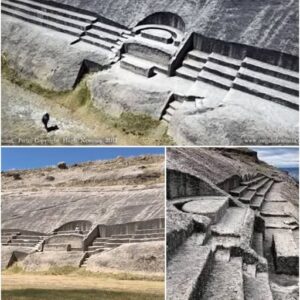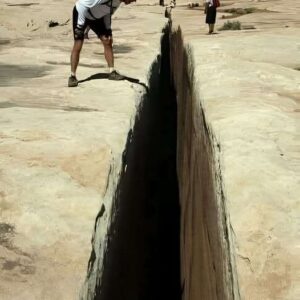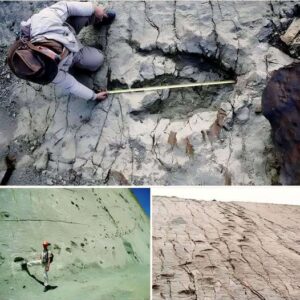The Antarctic continent, encompassing 40% of the Earth’s ice wall surrounding its seas, is a place shrouded in mystery and extreme conditions. Contrary to popular belief, this ice wall is not a figment of imagination; it has been well-documented by official exploration efforts dating back to 1880.
Beyond this imposing ice wall lies a harsh and unforgiving environment. Temperatures plummet to an average of -55°C, while winds reach staggering speeds of up to 300 km per hour. The lack of sunlight, coupled with oxygen scarcity, creates an inhospitable setting for human survival.
Official expeditions have ventured only 400-500 km beyond this icy barrier. The challenges escalate as one progresses further inward, with the conditions proving to be insurmountable. Jet planes attempting to push beyond this point face the chilling reality of their fuel freezing within them, rendering any advancements futile.

The Antarctic ice wall serves as a natural boundary that daunts even the most intrepid explorers. Its presence limits human access to the vast unknown that lies beyond, prompting questions about the secrets that may be hidden in the uncharted territories of the continent.
As we ponder the mysteries of Antarctica and the enigmatic ice wall that guards its secrets, we are reminded of the limits of human exploration in the face of nature’s formidable obstacles. The tales of brave explorers braving these extreme conditions serve as a reminder of the enduring allure and unfathomable mysteries of this frozen continent.
In conclusion, the Antarctic ice wall stands as a testament to the resilience and mystery of our planet’s most inhospitable regions. It beckons us to imagine the possibilities that lie beyond its icy grasp, while also serving as a stark reminder of the boundless power of nature that humbles even the most daring of adventurers.





